‘Made In England’ are three words that we take seriously. We believe that it’s reassuring to know where a product – be it a pair of selvedge denim jeans or a vegetable-tanned leather belt – is made, how it’s made, and by whom as knowledge of those factors simply adds to its inherent and sentimental value.
We take pride in the fact that each and every Awling belt is 100% Made in England, and we work exclusively with two workshops on crafting them. In a bid to be totally transparent and pull down the cloak of manufacturing mystery, we recently visited our leather workshop in Mowbray, Leicestershire, and our foundry in Winsford, Cheshire. The results of which are an updated journey through the production process – from surveying the hides to forging the buckles before passing a waxed thread through the leather to complete the belt – that aims to underline the slowness of it all.

First things first: leather.
We source our leather exclusively from a tannery called Lo Stivale in Tuscany, Italy, which was founded in 1958 and is still to this day family-run. It’s without a doubt a world leader, not just because of the quality it produces but also due to its stance on sustainability and ethical manufacturing and it’s proud to be a member of the Genuine Italian Vegetable Tanned Leather Consortium.

The Genuine Italian Vegetable Tanned Leather Consortium is a controlling body that ensures all tanneries in Tuscany comply with the rules and regulations it’s set out. These range from upholding a 100% Made in Tuscany production, to undergoing processes that are environmentally responsible, such as; recycling water and waste materials, being metal-free and never involving animals that have been killed for their skin.
Lo Stivale exclusively produces vegetable tanned leather, and it uses the top grains of shoulders and butts of cows that are by-products of the meat industry. Today, vegan leather is a fashionable choice and whilst there are a few producers that natural ingredients, the majority use man-made materials. This results in a ‘leather’ that’s very brittle, as they’re made using polyurethane to help bind the materials together. They simply doesn’t last, which is why we prefer to use calves leather as it’s long-lasting.

The vegetable-tanned leather we use from Lo Stivale has a tight fibre structure that allows our craftspeople to cut through them like a hot knife through butter whilst not losing out on their luxurious handle. The tanning process follows a strict formula that’s accredited to the ancient Tuscan tradition and the results speak for themselves as it provides a deep and consistent colour profile that ages gracefully thanks to the many weeks they’re subdued in the oils. They’re thoroughly robust and durable, and, of course, totally natural.
As you’d imagine, the leather room in our workshop in Melton Mowbray has a strong, musky aroma. It’s one that’s somewhat nostalgic, comforting and charming and you can’t get enough of it. Hundreds of skins of varying colours and textures are stacked on shelving units that reach the ceiling and it’s nothing short of impressive.
Despite the plethora of options our workshop has on offer, we only use a small, curated handful – from black to a number of shades of brown – that reflects our understated ethos. These leathers have a waxy finish which in time slowly loses its sheen and becomes slightly matte, plus a certain weight to them that lets you know they’re strong and up for the challenge of life (and the following steps of our production process).

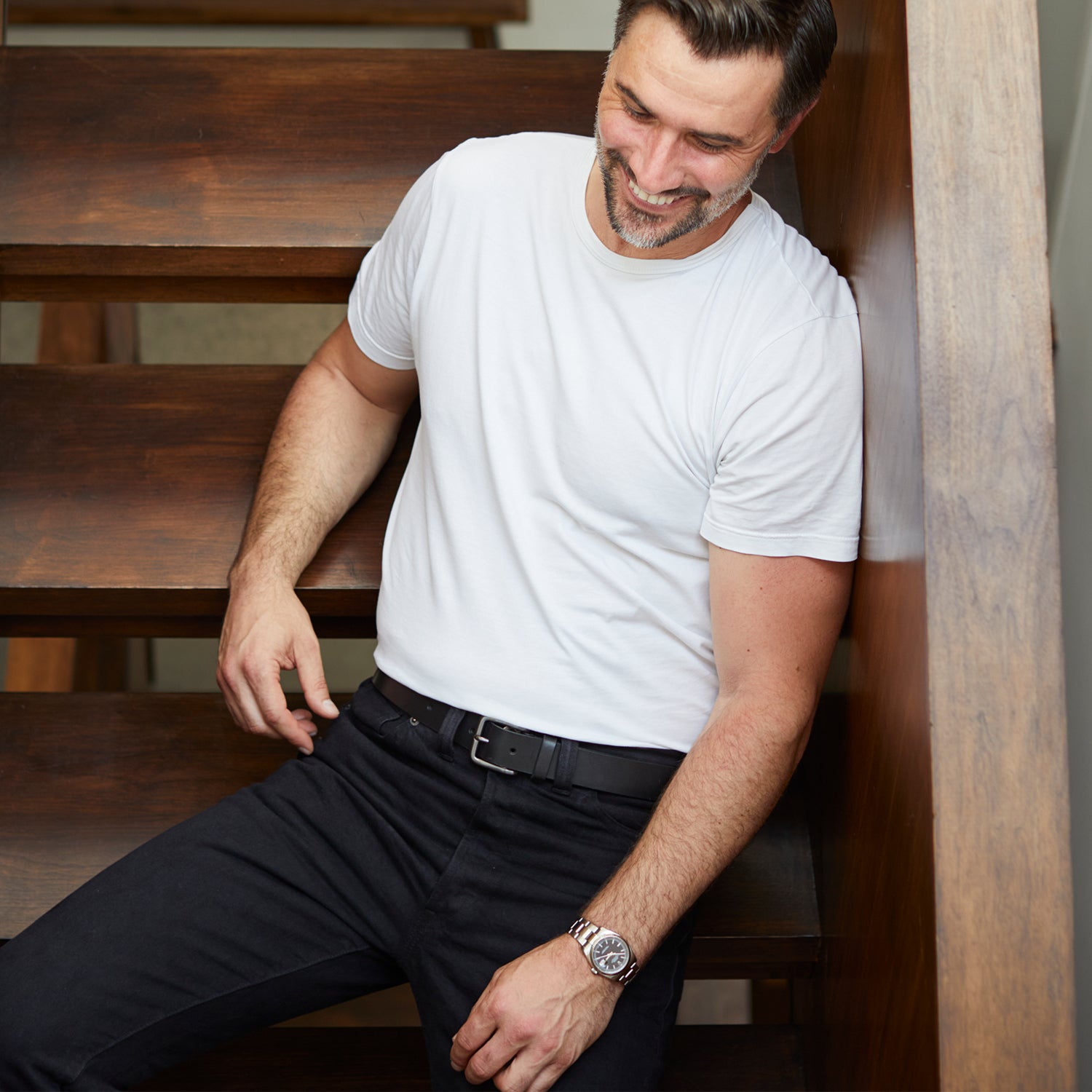
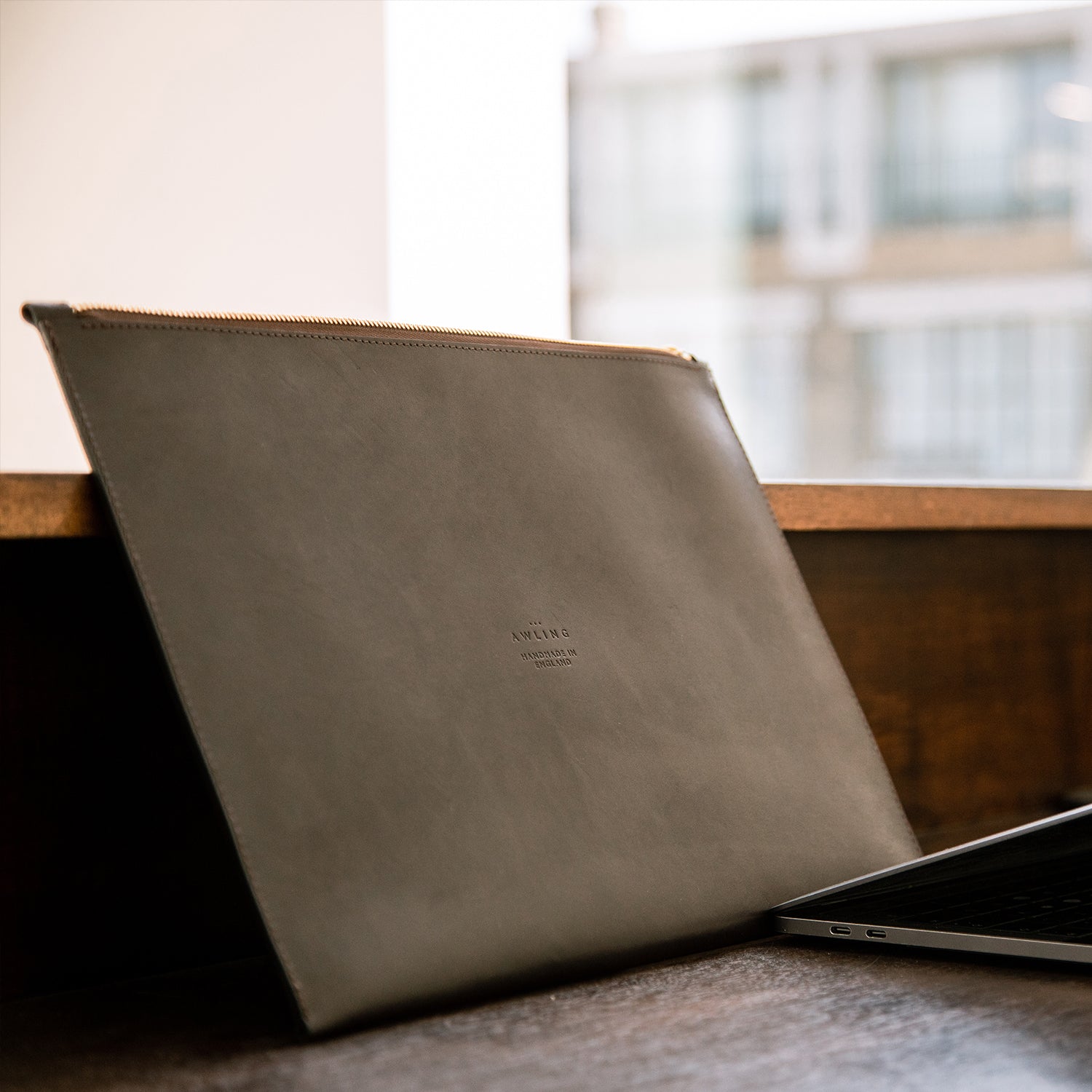
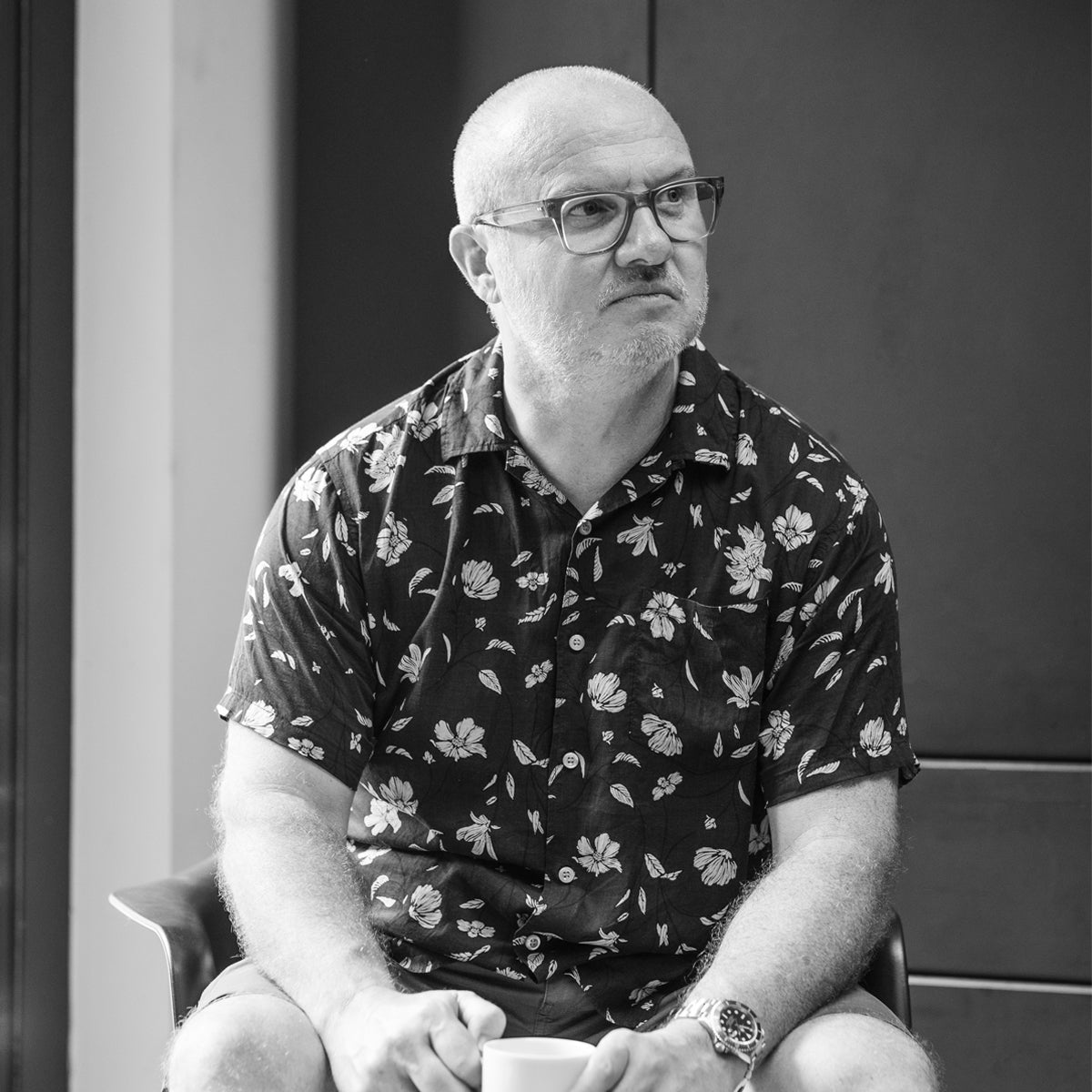

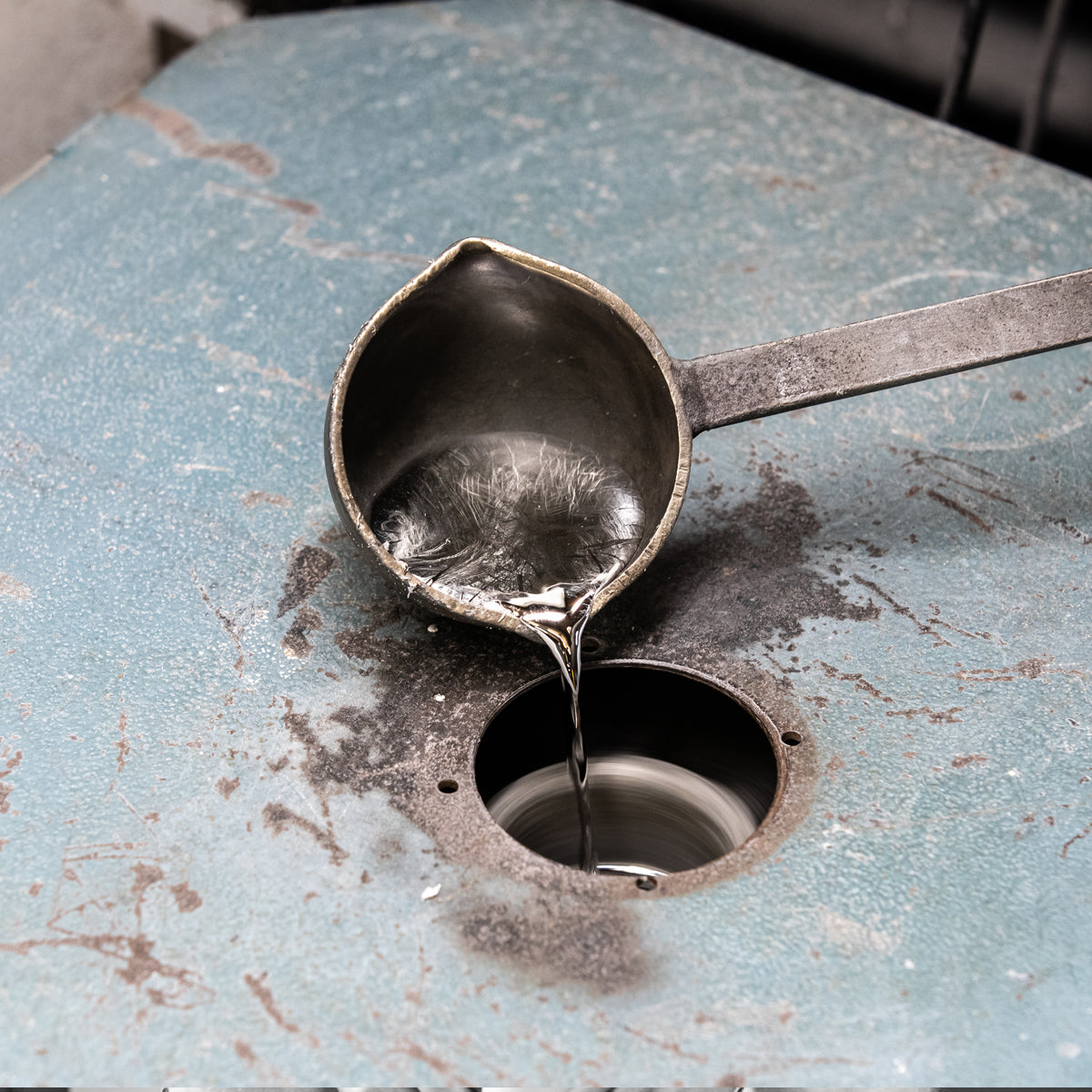
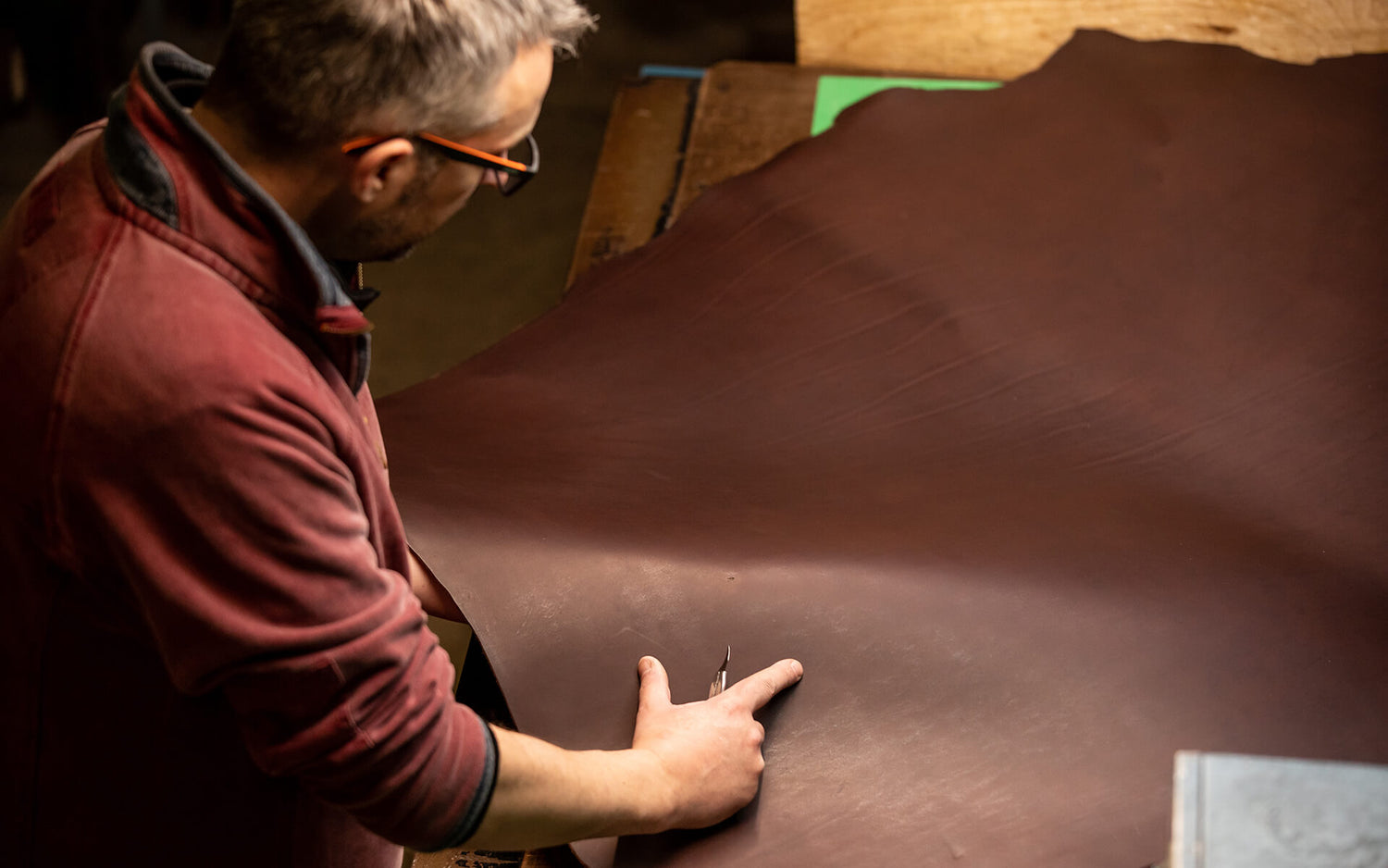

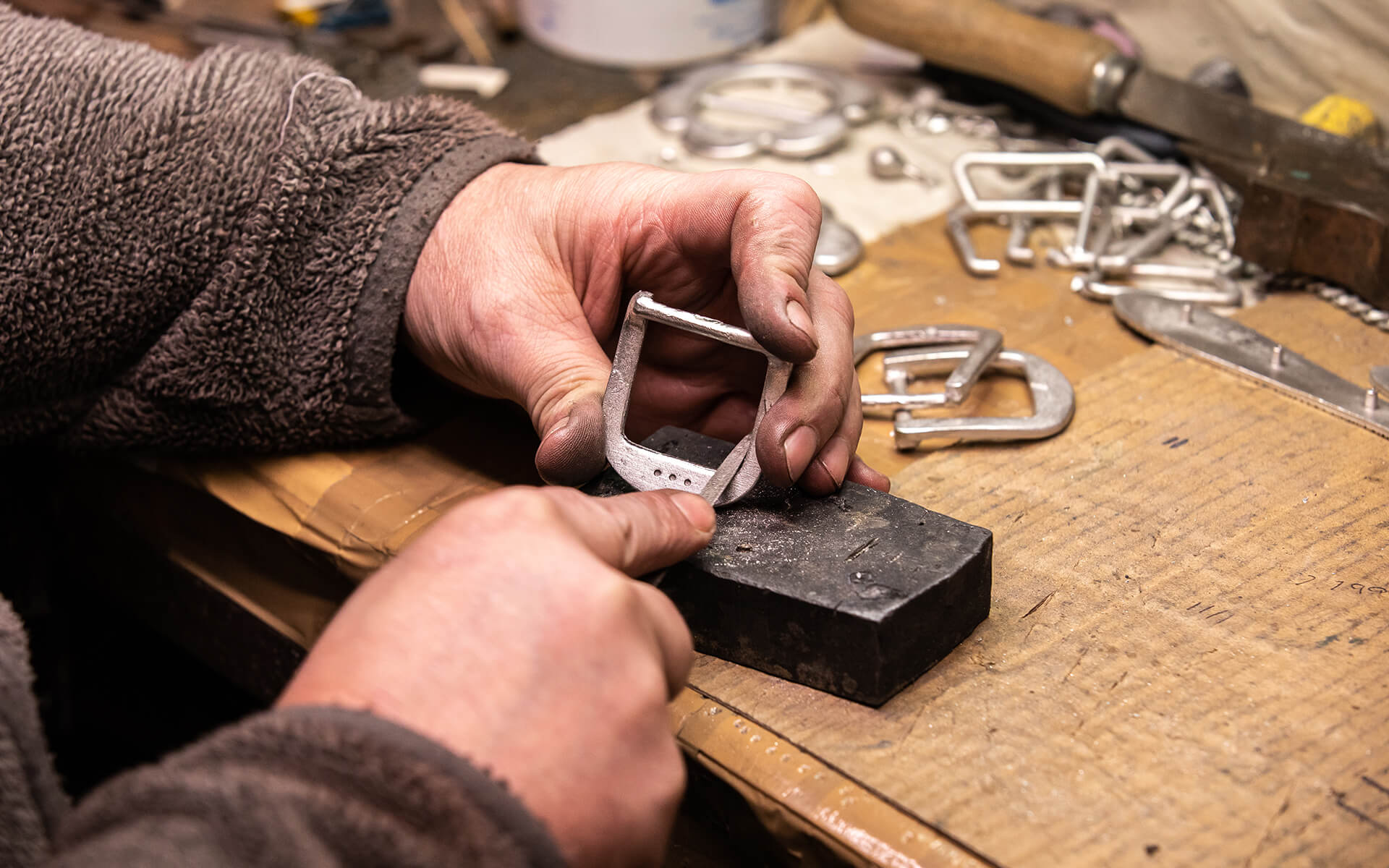
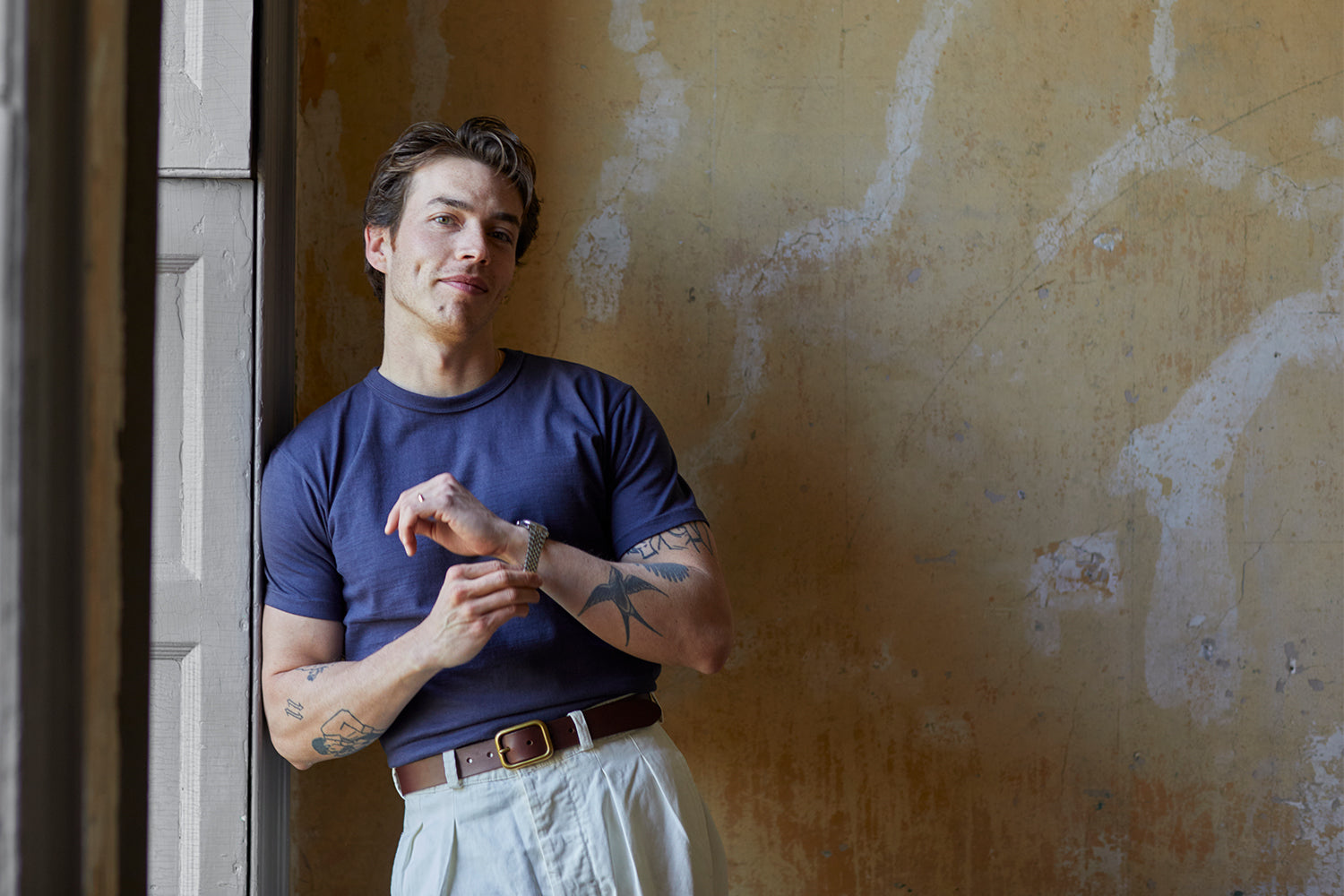
Leave a comment
This site is protected by hCaptcha and the hCaptcha Privacy Policy and Terms of Service apply.